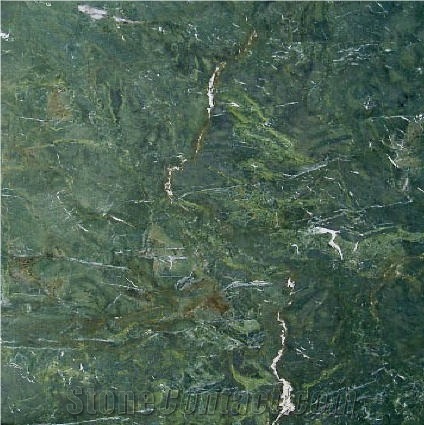Can Iran's Autumn Green Quartzite be used exterior applications in very windy climates?
Irans Autumn Green Quartzite can be used for exterior applications in windy climates, but it is important to consider a few factors before installation.
Quartzite is a durable and hard natural stone, known for its resistance to weathering and wear. It is often used for outdoor applications such as patios, walkways, and building facades. However, in very windy climates, there are a few considerations to keep in mind:
1. Wind load: Strong winds can exert a significant force on outdoor structures, including stone surfaces. It is important to ensure that the quartzite is properly anchored or installed to withstand these forces. Consult with a professional installer or engineer to determine the suitable method of installation for your specific climate and project.
2. Thickness and size: Thicker slabs of quartzite are generally more sturdy and less likely to crack or break under wind pressure. Choosing a thicker slab and properly supported installation can help ensure the durability of the stone in high wind conditions. Additionally, larger stone tiles or pavers will provide more weight and stability, reducing the risk of movement or dislodging under windy conditions.
3. Maintenance: Regular maintenance and cleaning of the quartzite surface will help prolong its lifespan and ensure its integrity in windy climates. Regularly remove debris and dirt that can cause abrasion or damage to the surface. Additionally, inspect the installation periodically for any signs of movement, cracks, or damage, and address them promptly to prevent further issues.
By considering these factors and working with experienced professionals, Irans Autumn Green Quartzite can be utilized for exterior applications in very windy climates, providing a durable and aesthetically pleasing solution.
Irans Autumn Green Quartzite can be used for exterior applications in windy climates, but it is important to consider a few factors before installation.
Quartzite is a durable and hard natural stone, known for its resistance to weathering and wear. It is often used for outdoor applications such as patios, walkways, and building facades. However, in very windy climates, there are a few considerations to keep in mind:
1. Wind load: Strong winds can exert a significant force on outdoor structures, including stone surfaces. It is important to ensure that the quartzite is properly anchored or installed to withstand these forces. Consult with a professional installer or engineer to determine the suitable method of installation for your specific climate and project.
2. Thickness and size: Thicker slabs of quartzite are generally more sturdy and less likely to crack or break under wind pressure. Choosing a thicker slab and properly supported installation can help ensure the durability of the stone in high wind conditions. Additionally, larger stone tiles or pavers will provide more weight and stability, reducing the risk of movement or dislodging under windy conditions.
3. Maintenance: Regular maintenance and cleaning of the quartzite surface will help prolong its lifespan and ensure its integrity in windy climates. Regularly remove debris and dirt that can cause abrasion or damage to the surface. Additionally, inspect the installation periodically for any signs of movement, cracks, or damage, and address them promptly to prevent further issues.
By considering these factors and working with experienced professionals, Irans Autumn Green Quartzite can be utilized for exterior applications in very windy climates, providing a durable and aesthetically pleasing solution.
 Iran
Iran









 United Kingdom
United Kingdom


 China
China
 Verified Supplier is for prove company authenticity,including business license,trade license and effective office space,to enhance buyers' trust to suppliers and their products, reducing communication costs.
Verified Supplier is for prove company authenticity,including business license,trade license and effective office space,to enhance buyers' trust to suppliers and their products, reducing communication costs.






